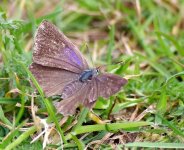Jasonbirder
Jason-occasional-twitcher
Where does everybody get their Butterfly news!!!
Am I subscribed to the wrong services....
Where was the QoS and was it available to the masses?
Am I subscribed to the wrong services....
Where was the QoS and was it available to the masses?











